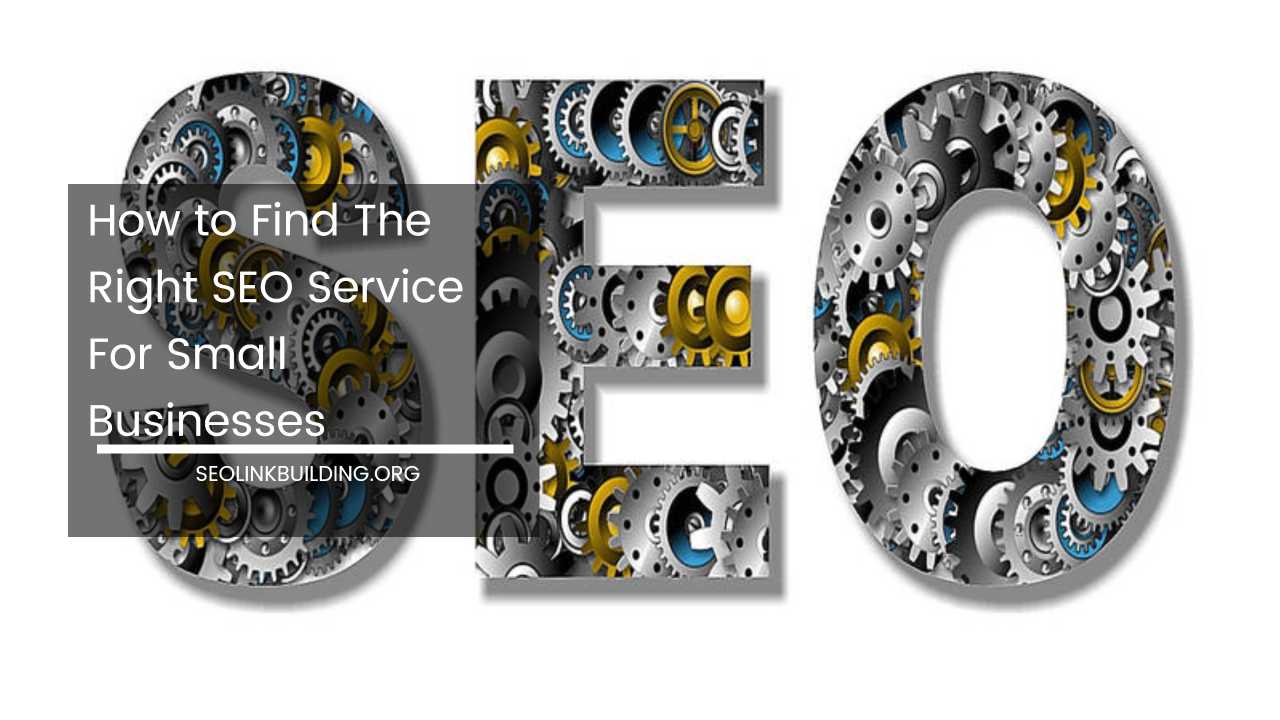The Impact of Core Web Vitals on SEO Rankings

Core Web Vitals
In the ever-evolving world of search engine optimization (SEO), Google continuously updates its algorithms to prioritize user experience.
Core Web Vitals is one such update that has gained significant attention in recent times. These vitals are a set of user-focused metrics that measure the loading performance, interactivity, and visual stability of a web page.
Understanding the impact of Core Web Vitals on SEO rankings is crucial for website owners and digital marketers. In this comprehensive guide, we will delve into Core Web Vitals, why they matter, and how to optimize your website to meet these vital criteria for improved SEO rankings.
What Are Core Web Vitals?
Core Web Vitals are a set of specific factors that Google considers essential for evaluating the user experience on a webpage.
Introduced as part of Google’s broader focus on page experience, these vitals are designed to assess the critical aspects of web page performance.
As of my last knowledge update in September 2021, the Core Web Vitals consist of the following three key metrics:
1. Largest Contentful Paint (LCP):
LCP measures the loading performance of a webpage. It evaluates how quickly the largest content element (e.g., an image or a block of text) becomes visible to the user.
For a positive user experience, LCP should occur within the first 2.5 seconds of the page starting to load.
2. First Input Delay (FID):
FID assesses a webpage’s interactivity. It measures the time it takes for a webpage to respond to a user’s first interaction, such as clicking a link or button. To provide a good user experience, FID should be less than 100 milliseconds.
3. Cumulative Layout Shift (CLS):
CLS evaluates the visual stability of a webpage. It quantifies how much the content layout shifts as the page loads. To offer a positive user experience, web pages should aim for a CLS score of less than 0.1.
These Core Web Vitals, collectively, offer a comprehensive picture of a webpage’s performance and how it impacts the user’s experience.
Meeting these criteria is crucial because Google has incorporated them into its ranking algorithm as of May 2021, making them a vital part of SEO.
Why Core Web Vitals Matter for SEO Rankings
The integration of Core Web Vitals into Google’s ranking algorithm underscores their significance for SEO rankings. Here’s why they matter:
1. Improved User Experience:
Google’s primary goal is to deliver the best possible results to its users. Pages that meet Core Web Vitals standards tend to offer a better user experience, with faster loading times, smoother interactivity, and reduced layout shifts.
Prioritizing user experience is a win-win for both search engines and website owners.
2. Competitive Advantage:
Websites that optimize for Core Web Vitals gain a competitive advantage in the search results.
Since these metrics directly impact rankings, a well-optimized site is more likely to rank higher than its competitors that neglect these factors.
3. Mobile Optimization:
Core Web Vitals are especially critical for mobile optimization. With the increasing use of mobile devices for internet browsing, Google has placed a strong emphasis on mobile-friendliness.
Meeting these vitals ensures that your site provides an excellent mobile experience, which can positively affect rankings.
4. Algorithmic Impact:
As of my last knowledge update, Google has announced that Core Web Vitals are among the ranking factors for its algorithm.
This means that websites that excel in these metrics are more likely to rank higher in search results, potentially leading to increased organic traffic.
5. User Retention:
A fast-loading, responsive website that meets Core Web Vitals standards is more likely to retain users and reduce bounce rates. This not only helps with rankings but also contributes to the overall success of your website.
How to Optimize for Core Web Vitals
Now that we understand the importance of Core Web Vitals for SEO rankings, let’s explore strategies to optimize your website to meet these vital criteria:
1. Optimize Page Loading Speed (LCP):
- Compress Images: Use image compression tools to reduce image file sizes without compromising quality.
- Leverage Browser Caching: Configure your server to enable browser caching, which stores frequently used resources locally on the user’s device.
- Content Delivery Network (CDN): Use a CDN to distribute your website’s content across multiple servers worldwide, reducing latency for users.
- Minimize Render-Blocking JavaScript and CSS: Eliminate or defer unnecessary JavaScript and CSS that can slow down page rendering.
2. Enhance Interactivity (FID):
- Prioritize Critical Requests: Load critical resources first to ensure faster interactivity.
- Minimize JavaScript Execution Time: Identify and optimize JavaScript that might block user interactions.
- Use Asynchronous Loading: Load non-essential scripts asynchronously to prevent them from blocking the main thread.
3. Stabilize Page Layout (CLS):
- Properly Size Images and Media: Specify image dimensions in HTML to prevent layout shifts when images load.
- Avoid Intrusive Pop-ups: Ensure that pop-ups or overlays do not disrupt the user experience.
- Implement Reserve Space for Ads: If your site displays ads, allocate space for them so that they don’t cause layout shifts.
- Test on Various Devices: Ensure that your site’s layout is stable across different screen sizes and devices.
4. Monitor and Measure:
- Use PageSpeed Insights: Google’s PageSpeed Insights tool provides detailed reports on your site’s Core Web Vitals performance. It offers suggestions for improvement.
- Search Console: Google Search Console provides Core Web Vitals reports specific to your website. Monitor these reports regularly to identify and address issues.
- Web Vitals Extension: Consider using browser extensions or tools that allow you to test Core Web Vitals on specific pages.
5. Continuously Optimize:
Core Web Vitals optimization is an ongoing process. Regularly monitor your website’s performance, make improvements, and stay updated with the latest best practices.
Final Thoughts
Core Web Vitals have become a critical component of SEO rankings, reflecting Google’s commitment to prioritizing user experience.
By optimizing your website to meet these vital criteria, you can enhance your chances of ranking higher in search results, attracting more organic traffic, and retaining users.
As SEO continues to evolve, staying on top of Core Web Vitals and other user-focused metrics is essential for maintaining and improving your website’s visibility and success in the digital landscape.













